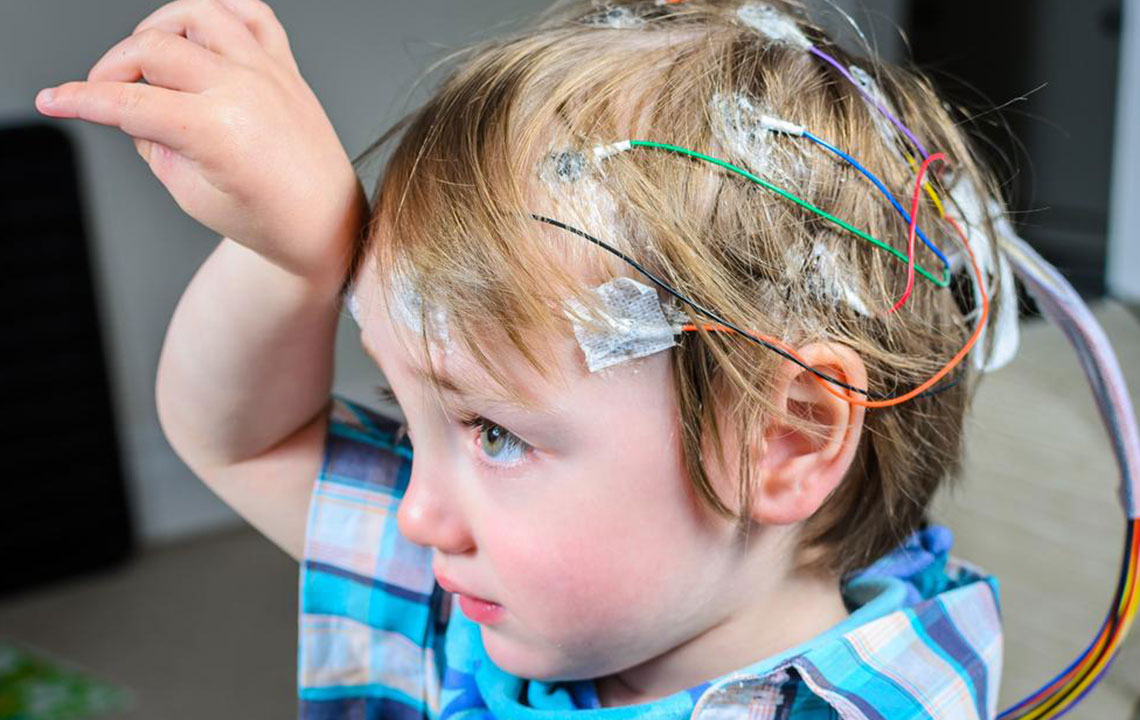Comprehensive Guide to Epileptic Seizures: Recognizing Symptoms and Effective Management Strategies
This comprehensive guide explores epileptic seizures, detailing their symptoms, stages, diagnosis, and treatment options. Emphasizing early recognition, individualized management, safety precautions, and lifestyle adjustments, the article provides valuable insights for patients, caregivers, and healthcare providers to effectively control and live with epilepsy, aiming to improve quality of life and prevent severe complications.

Comprehensive Guide to Epileptic Seizures: Recognizing Symptoms and Effective Management Strategies
Epileptic seizures are neurological events characterized by abnormal electrical discharges within the brain that disrupt normal neural activity. These episodes are a hallmark of epilepsy, a chronic neurological disorder affecting millions worldwide. However, seizures can also occur due to factors such as traumatic brain injuries, hypoglycemia (low blood sugar), oxygen deprivation, or substance abuse, making their diagnosis and management complex. Understanding the various aspects of epileptic seizures—including their causes, symptoms, diagnosis, and treatment—is crucial for patients, caregivers, and healthcare professionals committed to improving quality of life and reducing risks associated with these events.
Seizures manifest through a broad spectrum of symptoms that depend on the seizure type, affected brain regions, and individual patient factors. Common features include sudden, involuntary muscle movements, temporary lapses in consciousness, or altered perceptions. Recognizing early warning signs can be lifesaving, enabling prompt intervention and management. These signs often serve as prodromal phases or aura, signaling an impending seizure, and include symptoms like persistent headaches, nausea, unusual sensations such as déjà vu or jamais vu, blurred vision, and subtle behavioral changes. In some cases, patients may experience muscle stiffness, uncontrollable shaking, or a temporary loss of awareness, which can last from seconds to minutes. The heterogeneity of symptoms underscores the importance of thorough diagnosis and personalized treatment approaches.
Diagnosis of epilepsy and seizure activity involves a combination of clinical evaluations and advanced diagnostic tools. Electroencephalograms (EEGs) are primary, non-invasive tests that record electrical activity in the brain, revealing abnormal patterns associated with seizures. Imaging studies such as magnetic resonance imaging (MRI) or computed tomography (CT) scans help identify structural brain abnormalities, lesions, or injuries contributing to seizure activity. These tests are vital in differentiating epileptic seizures from other neurological conditions and in categorizing seizure types, which informs targeted treatment plans.
Understanding the stages of a seizure is essential for effective management. Typically, seizures unfold in three phases: the warning aura, the active seizure phase, and the post-ictal recovery period. The aura, often described as a peculiar sensation or perception change, acts as a neurological warning sign, alerting individuals to impending seizure. During the active phase, characteristic symptoms such as motor activity (e.g., convulsions, muscle stiffening), sensory alterations, or loss of awareness occur. The recovery phase can involve confusion, fatigue, headaches, or muscle soreness, lasting from minutes to hours. Tailoring interventions based on seizure type and stage is critical for safety and effectiveness.
Managing epilepsy effectively requires a comprehensive, multidisciplinary approach. The cornerstone of treatment involves medications, primarily antiepileptic drugs (AEDs), which help suppress abnormal electrical activity and reduce seizure frequency. Drugs like benzodiazepines (e.g., lorazepam), carbamazepine, valproic acid, or newer agents are commonly prescribed, with dosages customized to individual needs. Regular monitoring and medication adherence are fundamental to controlling seizures and preventing complications.
Beyond pharmacological therapy, detective management strategies include lifestyle modifications, safety precautions, dietary interventions, and, in some cases, surgical procedures. Safety measures encompass avoiding dangerous activities during seizures, such as swimming alone or working at heights, and ensuring a safe environment by removing hazardous objects. Dietary therapies, especially ketogenic diets, have proven effective in pediatric epilepsy, enhancing seizure control through a high-fat, low-carbohydrate regimen that alters brain metabolism.
Surgical options are considered for patients with drug-resistant epilepsy. Surgical interventions like lesion removal, nerve stimulation (e.g., vagus nerve stimulation), or responsive neurostimulation aim to eliminate or reduce seizure activity. These procedures are typically reserved for carefully selected candidates and require comprehensive pre-surgical evaluations. Additionally, behavioral therapies, counseling, and support groups play a vital role in helping patients cope with the psychological and social impacts of epilepsy, reducing anxiety, depression, or social isolation.
Long-term management of epilepsy emphasizes lifestyle adjustments that help minimize triggers and improve overall well-being. Adequate sleep is vital, as sleep deprivation can precipitate seizures. Stress reduction techniques, regular exercise, and maintaining a healthy diet contribute to better control. Patients are advised to track their seizure patterns and medication responses with seizure diaries, facilitating better communication with healthcare providers. Educational programs empower patients with knowledge about seizure management strategies, emergency response protocols, and recognition of warning signs, fostering confidence and safety.
In conclusion, proactive seizure management hinges on early detection, precise diagnosis, individualized treatment plans, and ongoing support. By understanding the complexity of epileptic seizures, patients can adopt effective strategies to control their episodes, avoid life-threatening complications, and lead fulfilling lives. Healthcare professionals, caregivers, and patients must collaborate closely to navigate the challenges posed by epilepsy—emphasizing safety, medication adherence, and lifestyle modifications. Ultimately, comprehensive care and continuous education can significantly enhance the prognosis and quality of life for individuals living with epilepsy.





